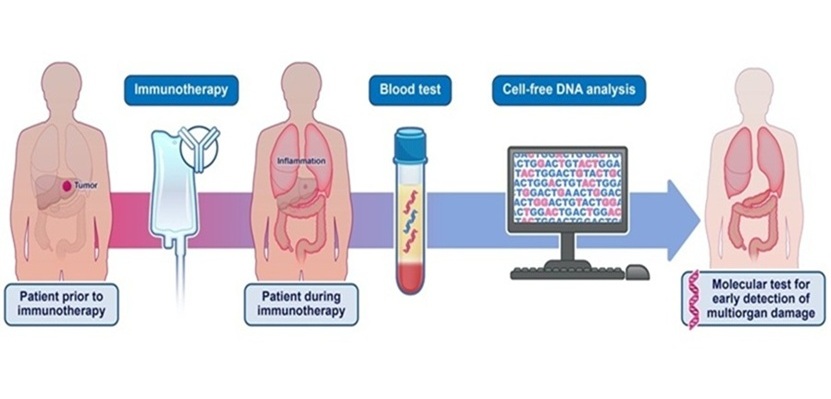Lethal Prion Protein Causes Neuronal Death
By LabMedica International staff writers
Posted on 01 Mar 2012
A single prion protein that is at least 10 times more lethal than larger prion species has been identified that causes disease similar to mad cow disease. Posted on 01 Mar 2012
The toxic form of abnormal prion protein, known as TPrP, triggered various forms of neuronal damage, including molecular signatures very similar to that seen in the brains of prion-infected animal with bovine spongiform encephalopathy (BSE).
Scientists at the Scripps Research Institute (Jupiter, FL, USA) found that the most lethal form of prion protein was a specific structure known as alpha-helical. This toxic single molecule or "monomer" tests the existing theory that neuronal damage is associated with the toxicity of prion protein aggregates called "oligomers."
A variety of techniques was used to provide fresh insights into prion diseases, such as BSE and a rare human form Creutzfeldt-Jakob disease. Furthermore, it opened the possibility that associated neurotoxic proteins may play a role in neurodegenerative disorders, such as Parkinson, and Alzheimer's diseases.
In prion disease, proteinaceous infectious particles (infectious prions), believed to be made up only of protein, are able to reproduce, even though they lack ribonucleic acid (RNA) and DNA. Usually, mammalian cells generate cellular prion protein (PrP), when infected with a prion disease; the abnormal protein converts the normal host prion protein into its disease form.
Corinne Lasmézas, PhD, the lead author and a professor at Scripps, said "By identifying a single molecule as the most toxic species of prion proteins, we've opened a new chapter in understanding how prion-induced neurodegeneration occurs. We didn't think we would find neuronal death from this toxic monomer so close to what normally happens in the disease state. Now we have a powerful tool to explore the mechanisms of neurodegeneration."
Professor Lasmézas added, "Until now, it was thought that oligomers of proteins are toxic in all these disease. Since we found for the first time that an abnormally folded monomer is highly toxic, it opens up the possibility that this might be true also for some other protein misfolding diseases as well." The study was published on February 7, 2012 in the Proceedings of the National Academy of Sciences of the United States of America (PNAS).
Related Links:
Scripps Research Institute




 assay.jpg)









